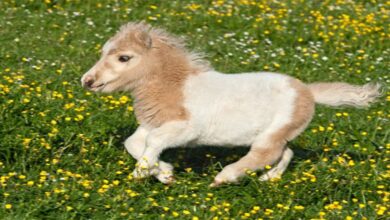You Would Want a Horse after Finishing this video – Funny and Cute Moments #2
Horses are used by humans for sport, companionship, and as a working animal. Understanding how horses perceive and interact with humans can aid in developing positive interaction approaches, thereby enhancing their welfare. It is also important to be able to recognize behavioural indicators of negative affective states, as the failure to do so when working with horses will negatively impact their welfare when working with humans. The objective of this review is to highlight the current literature surrounding horse–human interaction through the horse’s sensory capabilities, cognition, emotional states, emotional transfer, personality, and attachment styles. This review reveals the various ways horses read humans, such as by our odours, posture, and vocal repertoire, all of which affect the horse’s interpretation of us. While it is difficult to truly know how a horse thinks and feels, paying attention to subtle behavioural signals can give us insight on how horses prefer humans to interact with them. As we are continuously growing our knowledge on how horses view humans, it is important for those working with horses for sport, companionship, or as a working animal to be open to evolving and modifying tactics used to create a positive experience for the horse.
Horses (Equus caballus) have been domesticated for millennia and are regularly utilized for work, sport, and companionship. Enhanced understanding of human–horse interactions can create avenues to optimize their welfare. This review explores the current research surrounding many aspects of human–horse interactions by first highlighting the horse’s sensory capabilities and how they pertain to human interactions. Evidence exists that suggests that horses can read humans in various ways through our body odours, posture, facial expressions, and attentiveness. The literature also suggests that horses are capable of remembering previous experiences when working with humans. The interrelatedness of equine cognition and affective states within the horse’s umwelt is then explored. From there, equine personality and the current literature regarding emotional transfer between humans and horses is examined. Even though horses may be capable of recognizing emotional states in humans, there remains a gap in the literature of whether horses are capable of empathizing with human emotion. The objective of this literature review is to explore aspects of the relationship between humans and horses to better understand the horse’s umwelt and thereby shed new light on potential positive approaches to enhance equine welfare with humans.





